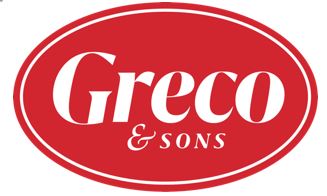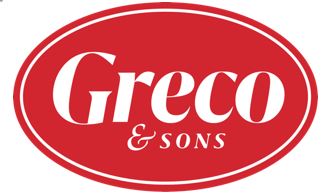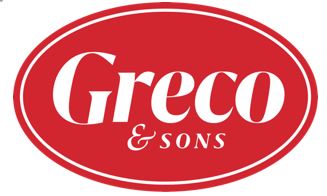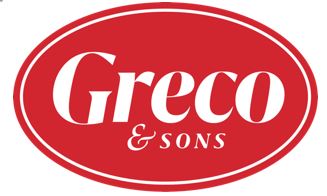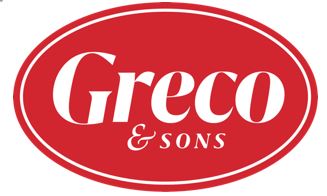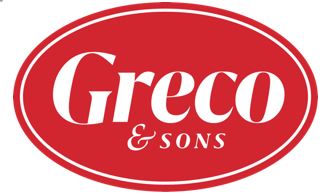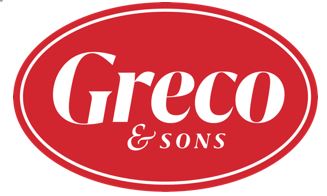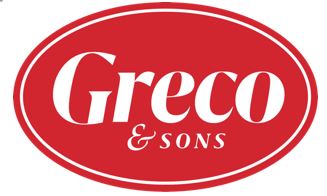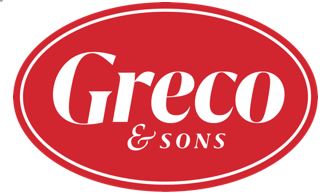Title Page
-
Site conducted
-
Date Conducted on
-
Observer
-
Colleague observed:
-
Start time
-
Ent time
-
Number of pallets
-
Pallets per Houre
-
Observation Reason
-
Location of observation (Dry, cooler, freezer, delivery location, etc.)
General Questions
-
Forklift operator arrives for work on time
-
Properly dresses for work area, wearing appropriate personal protective equipment.
-
FS: Clothing is maintained as clean and in good repair, so as to prevent any possible cross-contamination/cross-contact
-
Forklift signs on RF to download replenishments/Putaways in the system.
-
Performs safety pre-trip inspection of equipment and attends pre-shift briefing.
-
During Putaways, Forklift scans ALL pallets at door/location and stacks the products in a manner that reduces cross-contamination then presses F2 for travel.
-
FS: Forklift Operator observes the pallets prior to scanning to assure there is no damage, leakage, bagged products have slip sheets in place and the pallets are stable before proceeding.
Fork Maneuvering Questions
-
Puts away product in its designated temperature storage location and scans location to confirm putaway.
-
During Replenishments, forklift monitors and responds promptly to forced replenishments in each designated area.
-
Notifies supervisor if cooler/frozen product has been sitting on the dock and could exceed opco’s staging time.
-
Conducts proper product rotation during Put Away to pick & replenishments on code dated items. Forklift places old product in front/top of new product.
-
Keeps aisles clear of empty pallets, loose cardboards, stretch wrap and tape.
-
Follows priority code sequence during replenishments.
-
Pays attention to other forklift functions such as bulk pulls, correcting unstable pallets, rotating product and performs these throughout the shift.
-
Removes empty pallets from slot. Stacks pallets properly and carries pallets to designated area throughout the shift. Segregate damaged pallets and place them in assigned area.
-
Never stacks or travels with empty wooden pallets over 15 high.
-
Hand stacks product safely and fills slot completely. Enters correct quantity in the system.
-
When traveling loaded, forks are no more than 6” high from the ground.
-
Uses cut-through aisles whenever advantageous.
-
Bulk Pulls must be taken to the assigned door/staging area. Count pieces on pallet to make sure quantity and product is correct.
-
All pallets directed to reserve locations must be even and properly wrapped to prevent product falling from the rack.
-
Forklift removes tape/stretch wrap from pallet before placing pallet into the pick location. Leaves license plate on pallet if transferring product back to reserve location.
-
Places any trash removed (tape, stretch wrap, broken wood, and cardboard) in appropriate trash or recycling bins found throughout the warehouse.
-
Reports all accidents to Supervisor immediately.
-
Sounds the horn when traveling through intersections, tunnels, and curtains.
-
Makes eye contact with pedestrians and employees driving equipment.
-
Follows BLAST steps at all times.
-
Replenishes hand stack locations by: a) Replenishes product from reserve as directed by SWMS. b) Places old product on top of new product for rotation purposes. c) Lifts replenishment pallet to waist height. d) Fills slot completely and home slot transfers extra product if needed. e) FS: Operator transfers and home slot transfers products to the correct reserve location zones to reduce the likelihood of cross contract/contamination. • Iced products must be stored in manner that eliminates cross contamination from ice melt onto other product. • Chemical products, including cleaning and maintenance compounds and charcoal saturated in lighter fluid, must be stored in dedicated areas separate from food products. • Chemicals must be allowed to be stored in areas that are adjacent to food products, but not above food products. • Refrigerated raw beef/poultry and iced product must not be stacked or stored above cooked/RTE foods/RTS foods, fresh fruits and vegetables. • Pallets of product must not be "double stacked" on top of product with open-vented packaging without a proper barrier in place. • Unpasteurized/pasteurized shell eggs not be stored above any other product. • Peanuts, tree nuts and any other Regulated Food Allergens in burlap, mesh, net bags or other similar packaging must be segregated from products packaged in vented cases with no internal packaging (such as produce).
-
Allows selectors to pass in the aisles. Gives selectors the right away while traveling the pick path.
-
Maintains four point contact while operating equipment.
-
Notifies supervisor when Indirect Job Code is needed. Supervisor signs employee on indirect if approved.
-
Takes authorized time for breaks and lunches.
-
Following GMPs (chewing gum/candy/tobacco use).
-
No empty food wrappers in compartments on forklift.
-
Utilizes contrasting colored bandages on cuts/grazes as applicable.
-
Informs supervisor of any shorts / damages in Bulk Pulls.
-
Notifies supervisor when glass breakage occurs.
Equipment Operation Questions
-
Follows safety rules and practices safe work habits when traveling in the warehouse.
-
Never travels with forks first unless maneuvering in the aisles/dock.
-
Reduces speed and proceeds with caution when entering main aisles and intersections.
-
Keeps arms, hands, legs and feet within the operator’s compartment.
-
Sounds horn at intersections, going through curtains, and entering areas.
-
Looks in the direction of travel.
-
Takes equipment to battery area before breaks or lunch to change battery when needed Plugs in equipment to fast charger units before breaks or lunch.
-
At the end of the shift, returns forklift to designated area, completes post trip inspection and plugs battery into charger.
Overall Work Method Performance Rating Questions
-
What was the associate's overall work method performance rating?
Entries Confirmation
-
Coaching of the colleague was done when necessary.
-
A Safety Huddle was performed with additional colleagues if this colleague displayed an action or answered a question which would need to be addressed with a larger audience.
Food Safety
-
Clothing/uniforms in good repair
-
No evidence of consuming food, beverages, or tobacco products outside of designated area(s)
-
Colleague understands when hand-washing is required
-
Cross Contamination/Cross Contact minimized with proper storage, staging, stacking and handling
-
Colleague following proper Food Defense practices
-
Colleague is aware of how products on "HOLD" should be handled
-
Colleague is aware of time requirements for refrigerated/frozen put-aways
-
Colleague is aware that all Recall or on Hold products identified with a colored (example - red) shrink wrap or on HOLD signs MUST not be used to fill an order
Colleague Feedback
-
Colleague question: How do you think you performed during this batch?
-
Colleague question: What do you think you could have done more efficiently?
-
Colleague question: What can we do to help you improve?
-
Colleague question: Do you understand Defined Work Methods?
-
Supervisor comments
-
Supervisor signature
-
Colleague comments
-
Colleague signature
